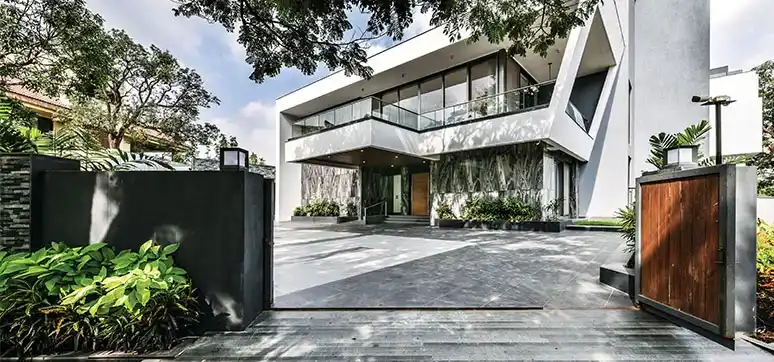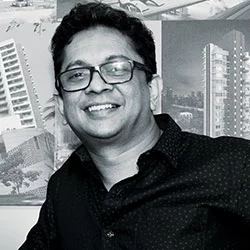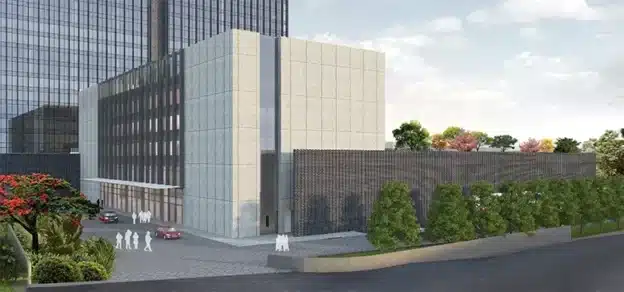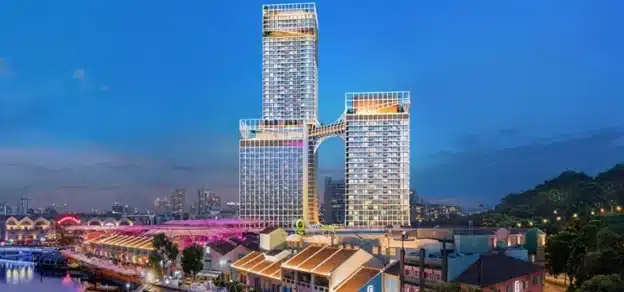In simple terms, the application of one material over the other is called cladding. Exterior cladding is a term which is applied to the cladding of buildings and homes from outside. It forms a skin over the concrete and brick and provides some degree of thermal insulation and weather resistance and also increases the aesthetic appearance of the building. Exterior cladding brings to mind many factors – weather proof, rot proof, termite proof, heat proof and many more. And now since awareness is increasing and we realize the importance of sustainability and green, we are also concerned about the way the product has been made and its ingredients.
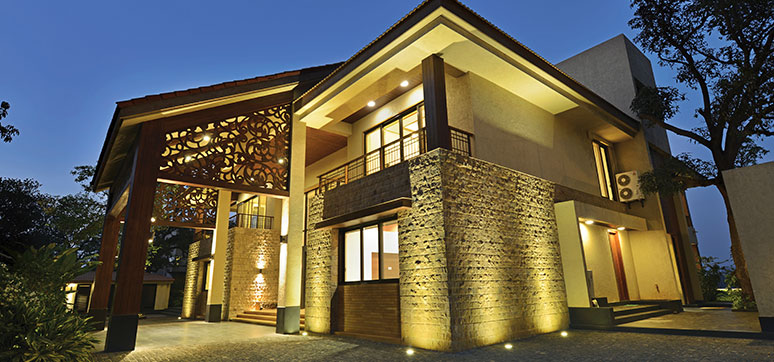
Choosing a cladding material for your building depends on all the above factors along with the aesthetic value a particular product might have. Exterior cladding solutions are wide and varied. A number of materials ranging from wood to aluminium composite panels, glass to metal composite panels, a varied choice is available these days for you to choose from.
Wood is the classic cladding material which has been around for a long time. But now we are seeing a lot of innovations and additions being done to the standard wood cladding. Reclaimed wood is an extremely popular choice now and so is composite wood which is made from sawdust and resins. Wood is an environmental choice and recycled wood products are given a new life these days, but research into that has to be done as the recycling of composite wood might be done by gassing which has negative effects on the environment.

Wood can retain its beautiful and natural finish for a long time when treated well and it can also be kept protected from weather and termites with the right treatment. But every few years it has to be repeated and so constant maintenance is required to keep it looking as its natural self.
Glass fiber reinforced concrete (called as GRC) is an easy maintenance cladding material. Used for commercial, industrial and now even residential buildings, GRC is very easy to install and does not need any paint and plastering and can be fixed directly over brickwork.
Stone is a natural and environment friendly material. Options in stone are galore, granite, slate, marble, sandstone, limestone, Kota, Jodhpur stone etc. In the earlier days the entire construction of homes and palaces were done in stone. Even today, if you visit the palaces of Rajasthan, you will see beautiful stone cladding which have withstood the test of times. Proper installation is of extreme importance and durability of the cladding depends on the technique of installation if it’s a dry cladding, and in cases of wet cladding – the thickness of the stone along with the application. The thicker the stone, the better the durability. Though there is no need of painting over the cladding surface, we do need to apply a clear coat of water proofing on the stone in high rain areas like Mumbai and Lonavala / Khandala.
Glass is a cladding material which has taken the world by storm. Glass cladding of the building has been prevalent for a number of years now and has evolved now to a fine science. The trend began with BPOs and the IT sector when multinationals came to India and architecture saw a shift in design and use of material for cladding. Today there are several companies offering a varied range of choices from supplying different types and colors of glass to customization, cleaning and maintenance. Architects consider glass as a preferred option not only for the unobstructed view of the surrounding but also because it reduces the weight on the foundation and hence makes the building lighter as compared to constructing walls.
Glass cladding are available in several opacities and various textures and finishes. Some modified varieties of glass are reflective glass, insulated glass, laminated or toughened safety glass, glass bricks, tinted glass, patterned glass, wired glass and many more. Sustainability has played a major role in the development of glass facade cladding. Latest glass technology involves performance glass and several other modified glass with enhanced properties making the glass cladding fire retardant, reduced heat gain, reduced construction time and facilitate faster and efficient facade.
Metal Profile cladding are metal sheets manufactured in a range of corrugated and other profiles. The most commonly used metals for cladding purposes are: steel which is the most affordable; aluminium, which is very light weight and anti-corrosive; zinc, which is highly durable and can acquire a hue if left untreated (very widely used now in exterior cladding); copper, which is another long lasting metal that requires minimum maintenance and can also be used in its different shades and finishes.

Composite metal is another very widely used cladding material where two metal skins are bonded to an insulating core, forming a composite ‘sandwich’ panel. The metal component, can be aluminium, zinc, stainless steel, titanium and so on, available in a wide variety of colors, finishes and profiles. The USP of metal composite panels is that they can be bent, curved and joined together to form shapes and designs and hence widely preferred by architects world over. And now available in the market are also fire retardant composite panels which are safer and stronger and can be used for cladding for commercial, industrial, residential projects alike. Composite panels in comparison to single layer metal sheeting have more advantages as they provide resistance to weather – heat or cold, acoustic and thermal insulation. With technology improving in leaps and bounds, they are cost effective compared to other cladding materials and installed faster than any of their heavier counterparts like granite, stone or concrete panels.
As external cladding systems have enhanced building facades aesthetically, making them sustainable and durable at the same time, a side effect or rather one of the cons is that they offer a potential route for the spread of fire. Especially in high rises, as fire spreads quick and fast as recent examples like the Grenfell Tower fire in London. Combustible cored sandwich panels are contributors to serious injuries and death. A facade fire has serious consequences. The basis of all modern fire regulations is that a fire in a tall building must be confined to a single storey. Use of combustible structural elements, insulation and finishes should be carefully restricted and controlled. So research into the cladding system being used is a must, especially by the contractors and engineers involved in the construction process.
